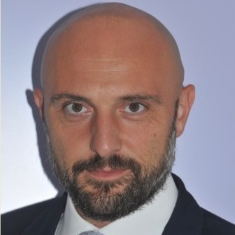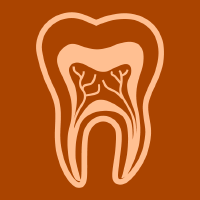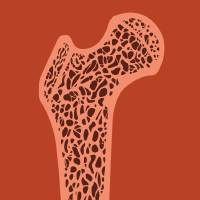Topic Menu
► Topic MenuTopic Editors




Bioengineering Tools Applied to Oral and Maxillofacial Surgery
Topic Information
Dear Colleagues,
Oral and maxillofacial surgery is dedicated to the surgical treatment of pathological conditions that affect the mouth, jaw and face. The oro-facial and maxillofacial deformities constitute a large group of anomalies that have in common the existence of alterations in the shape, position and size of the distinct musculoskeletal elements of the face. These deformities can be congenital, appear and worsen during development, or be secondary to trauma, cancer or tooth loss. In many cases, the alterations of the facial skeleton: upper jaw and mandible can cause alterations of the dental occlusion, so it is often the dentist or orthodontist who identifies the pathology first and should refer it to the maxillofacial surgeon.
Compared to traditional methods, the ultimate goal of modern digital technologies is to improve the quality and possibilities of intervention in carrying out patient assessment, diagnosis and treatment. Today in dentistry, there is a real digital revolution.
Thanks to digital technology, important results can be offered to patients who can pass from extraction to a functional and aesthetic temporary prosthesis that is similar to the final result within a day. In the near future, new materials, such as high-strength polymers, are on the way.
Prof. Dr. Gabriele Cervino
Dr. Mario Beretta
Prof. Dr. Alberto Bianchi
Dr. Pietro Felice
Topic Editors
Keywords
- biomaterials
- oral surgery
- implantology
- oral pathology
- prosthodontics
- bioengineering, surgery, maxillofacial
Participating Journals
| Journal Name | Impact Factor | CiteScore | Launched Year | First Decision (median) | APC |
|---|---|---|---|---|---|

Applied Sciences
|
2.7 | 4.5 | 2011 | 16.9 Days | CHF 2400 |

Dentistry Journal
|
2.6 | 4.0 | 2013 | 27.8 Days | CHF 2000 |

Osteology
|
- | - | 2021 | 24 Days | CHF 1000 |

MDPI Topics is cooperating with Preprints.org and has built a direct connection between MDPI journals and Preprints.org. Authors are encouraged to enjoy the benefits by posting a preprint at Preprints.org prior to publication:
- Immediately share your ideas ahead of publication and establish your research priority;
- Protect your idea from being stolen with this time-stamped preprint article;
- Enhance the exposure and impact of your research;
- Receive feedback from your peers in advance;
- Have it indexed in Web of Science (Preprint Citation Index), Google Scholar, Crossref, SHARE, PrePubMed, Scilit and Europe PMC.

